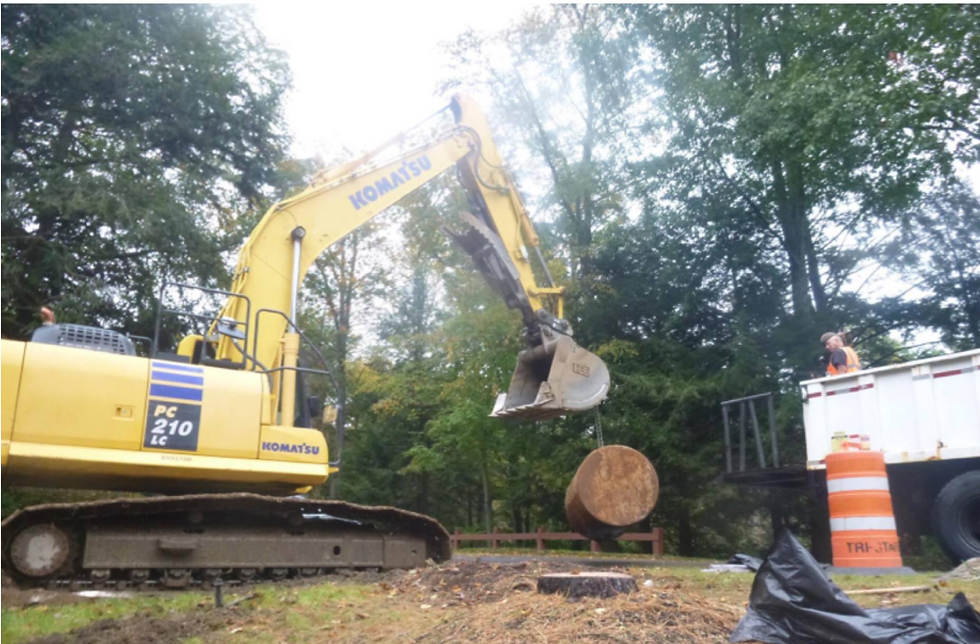When to Remove your Underground Residential Heating Oil Tank
- Corey DiGiovanni
- Oct 13, 2017
- 2 min read

For over 50 years underground heating oil tanks have been used to store the oil that is the fuel for the furnace in your home. So for more than half a century, steel tanks were used to store the oil and often times homebuilders and oil companies would burry these tanks underground either close to your home or somewhere on your property. The problem here is that steel tanks left in the ground for years are susceptible to rot the same as any form of steel that sees constant moisture. To deter the rotting steel it was commonplace to coat the tanks with tar to slow down the penetration of moisture but this too only lasts so long. Inevitably any steel tank left underground, regardless of what its been coated or painted with, is going to rot and the likely hood that its going to leak is fairly high. Underground tanks under 1000 gallons can be removed fairly easily and small leaks can be dealt with accordingly. If you wait to long and you have an unknown leak of an undetermined size, the environmental problems can stack up fast as well as the costs to remediate issue. Depending on the size and duration of a leak, a great deal of excavation could have to be performed as well as tree removals to access contaminated soil. Absorbents would also need to be placed in nearby waterways (if any) to prevent migration, as well as a subsurface investigation to delineate and determine potential/probability for off site migration, and evacuation with vacuum truck to remove free product from monitoring wells. We always advise not to gamble with environmental concerns and if you have a residential underground heating oil tank, being proactive to have it removed and have a new one put in your home is always the better option.


Comments